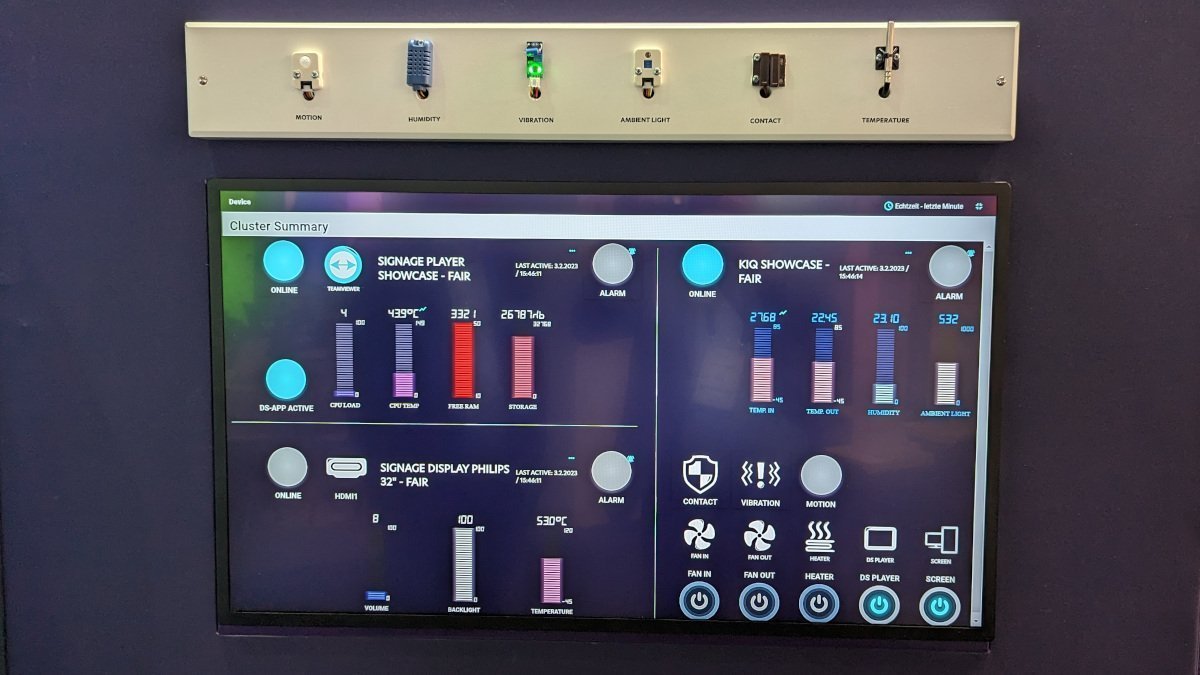To some, it may sound like a paradox to use additional technology to save power. But remote control and monitoring for digital signage solutions can contribute to significantly lower consumption.
Remote control and monitoring using sensors: above all, this sounds modern and practical. But it can also have a real impact on sustainable operations of displays – and save electricity as well as costs. That’s why, for an installation, integrators and companies should check whether a remote management solution makes sense.
Turning off displays – or putting them in stand-by mode – has a major impact on power consumption. Many digital signage solutions, especially in retail, but also in office buildings, are used for a maximum of 12 to 17 hours a day. And usually not throughout the entire week, either. Nevertheless, they remain in full operation, even if they do not produce any customer touchpoints or attention.
Control over power
With a remote solution, you can deliberately control the switch-on and switch-off. Both event-based and schedule-based power-down is possible. By not leaving the display on 24/7, the lifespan is also increased.
In addition, it is possible to restart the system remotely. In some cases, this saves a journey by a technician, who often only reboots the system, too. If sensor-based monitoring is added, failure-free operation becomes even more likely. Measurements of power consumption and electrical parameters provide information about malfunctioning devices. Additionally, environmental monitoring can be implemented using temperature and humidity sensors. Actions derived from this can in turn increase the service life of the digital signage system – for example, a fan that is activated when a certain temperature limit is exceeded.


